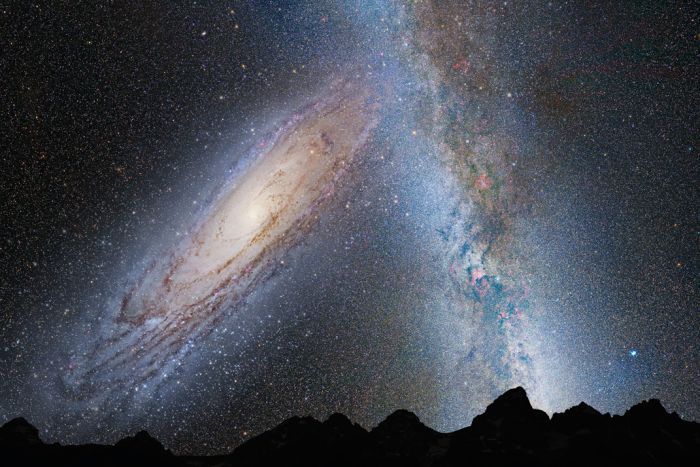SpaceX Unveils Silvery Vision to Mars: ‘It’s Basically an I.C.B.M. That Lands’
By Kenneth Chang
- Sept. 29, 2019, 8:29 a.m. ET
BOCA CHICA VILLAGE, Tex. — As you drive east along Texas State Highway 4, it looks like a giant, shiny and pointy grain silo is rising out of the scrubby flatland at the tip of southern Texas.
But it is the first version of a spaceship design that Elon Musk, the entrepreneur and founder of the rocket company SpaceX, hopes will be humanity’s first ride to Mars.
Within a month or two, he says optimistically, this prototype of the Starship spacecraft — without anyone aboard — will blast off to an altitude of 12 miles, then return to the ground in one piece.
“It’s going to be pretty epic to see that thing take off and come back,” Mr. Musk said late on Saturday at a SpaceX facility outside Brownsville, Tex., where Starship is being built.
The update on his mega-rocket was timed to coincide with the anniversary of SpaceX’s first successful launch 11 years ago. SpaceX has a steady business putting satellites in orbit and carrying cargo to the International Space Station. But whether the company can meet its founder’s aims of taking people to Mars is yet to be seen.
The company’s earliest rocket, Falcon 1, was just 68 feet high, 5.5 feet in diameter and could carry a payload of 400 pounds.

SpaceX  @SpaceX
@SpaceX
11 years ago today, we launched our first successful mission. To date, we’ve completed 78 launches and have developed the world’s only operational reusable orbital class rockets and spacecraft—capable of launching to space, returning to Earth, and flying again
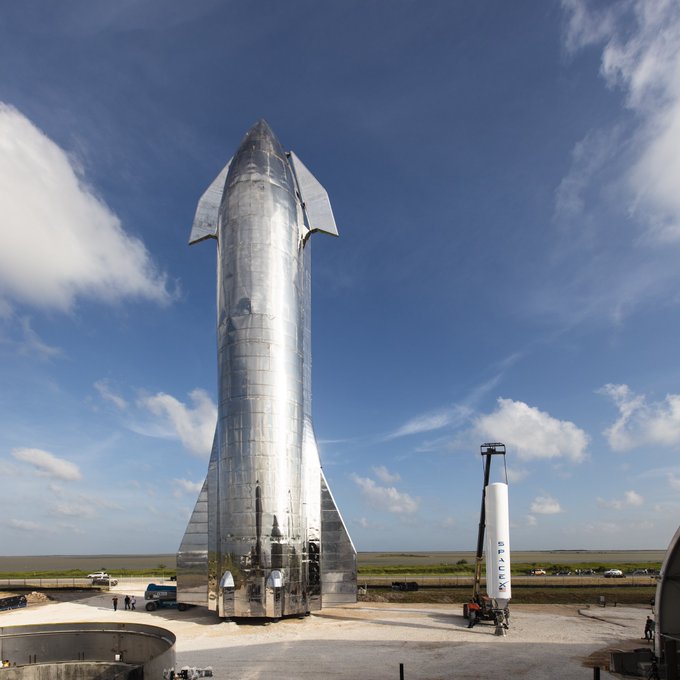
45K
11:34 AM - Sep 29, 2019
Twitter Ads info and privacy
7,850 people are talking about this
Starship, by comparison, is 164 feet high and 30 feet in diameter. It will be paired with a behemoth booster stage called the Super Heavy, and the full rocket will be 387 feet tall and able to lug more than 220,000 pounds to orbit. That would be about as powerful as the Saturn 5 rocket that took NASA astronauts to the moon 50 years ago, but able to fly again and again and again.
By making rockets more like other forms of transportation where the vehicle is not thrown away after one trip, the cost of going to space could plummet.
Mr. Musk said an orbital test flight of a refined Starship prototype and the Super Heavy booster could come in less than six months.
Mr. Musk, who spoke to a couple of reporters after the public portion of the event, said SpaceX could still meet timelines he set out a few years ago — landing a Starship on the moon and Mars within the next few years. Mr. Musk, however, has a history of setting aspirational schedules that turn out to be too optimistic.
Despite such futuristic ambitions, the Starship, made of stainless steel, reflected an imperfect, handcrafted sheen of an earlier era.
“It’s like you drove into a Flash Gordon movie or something,” said Andrew Goetsch, who lives in the nearby hamlet of about 30 homes and is thrilled to have a front row view of Mr. Musk’s space dreams, a sentiment not shared by all of his neighbors.
“It’s not often they build a rocket where you can get close enough for it to fall on you,” Mr. Goetsch said.
Txhere are good engineering decisions for the choice of material.
Mr. Musk originally had planned to use high-tech carbon fiber, but switched to denser stainless steel. It is cheaper, easier to work with, becomes stronger in the ultracold temperatures of space and has a higher melting temperature that can more easily withstand the heat of re-entry into Earth’s atmosphere.
The Starship is to belly flop in the upper atmosphere at a 60-degree angle, Mr. Musk said. Then as it slows and nears the ground, it will rotate to vertical and land.

Elon Musk gives an update on the progress of Starship rocket late on Saturday night. “It’s basically an I.C.B.M. that lands,” he said.CreditLoren Elliott/Getty Images
For the last three years, Mr. Musk has repeatedly revised the design — trimming the size, changing the heat shield, adjusting the shape of the fins. “It took quite a while to just frame the problem,” Mr. Musk said.
Once the SpaceX engineers settled on the current stainless steel version, the first two prototypes (the other was built in Florida) have been put together at a breakneck pace.
“Ten months ago, there was a lot of barren dirt and nothing,” Mr. Goetsch, the Boca Chica neighbor, said of the SpaceX site where Starship now stands.
In August, SpaceX tested a simpler prototype, Starhopper, with a single engine, which Mr. Musk earlier compared to a flying water tower. It rose to an altitude of 500 feet, flew sideways and then set down at a different spot.
Experts say the technology of Starship lies within the realm of the possible, without requiring impossible physics or unlikely technological leaps. Indeed, Starship employs many ideas that were studied decades ago but never built.
What is more puzzling to them is how SpaceX can make money with Starship. Mr. Musk agreed that it was far larger than necessary to launch current satellites.
For now, Mr. Musk conceded, there is not much of a commercial market — “not that’s especially relevant” — for Starship to fill.
Starship could be used for deploying SpaceX’s Starlink internet service, Mr. Musk said. The company hopes that will provide a major source of revenue, despite fears over the impact of placing thousands of satellites in orbit. A single Starship launch could carry about 400 Starlink satellites.
He said SpaceX was continuing to study using Starship as a speedy — likely expensive — way to travel around the world, New York to Tokyo in 30 minutes.
“It’s basically an I.C.B.M. that lands,” Mr. Musk said. “Nothing gets there faster than a I.C.B.M. It’s just minus the nuclear bomb and add landing.”
He said the company has the financing to follow through on the plans, at least for the initial phases. “I think we have a path to getting the ship to orbit and even doing a loop around the moon,” Mr. Musk said. “Maybe we need to raise some more money to land on the moon or land on Mars.”
The ultimate goal is for Starship to take people to Mars. He argues that people moving to another planet would serve as an insurance policy for humanity’s survival. Mr. Musk still thinks Mars colonists could set off in the next decade. He already has one paying customer for a trip nearer to Earth.
A Japanese billionaire, Yusaku Maezawa, has purchased an around-the-moon trip on a Starship that is to take off in 2023. Mr. Musk thanked Mr. Maezawa with providing much of the money for the rapid development of Starship.
On Friday, NASA Administrator Jim Bridenstine pointedly reminded Mr. Musk that NASA, SpaceX’s biggest and most important customer, was awaiting delivery of another big project: taking NASA astronauts to the space station in the company’s Crew Dragon capsules.

Jim Bridenstine  @JimBridenstine
@JimBridenstine
My statement on @SpaceX’s announcement tomorrow:

2,376
8:26 AM - Sep 28, 2019
Twitter Ads info and privacy
1,778 people are talking about this
Neither SpaceX nor Boeing, which also received a contract for transporting NASA astronauts, appears to be on track to launch crews this year. A SpaceX capsule exploded during a ground test in April with no crew aboard.
On Saturday, Mr. Musk responded that the “vast majority” of SpaceX’s resources are focused on its existing spacecraft, including Crew Dragon, and setting launch dates was up to NASA at this point.
“The NASA administrator was like ‘What’s going on? Are you not working on Crew Dragon or something?’ in that tweet,” Mr. Musk said during the post-event interview. “Actually, there’s nothing more we can do from a hardware standpoint. The hardware is basically done. It’s really just a whole bunch of NASA reviews, essentially. Speed up the NASA reviews, we can launch sooner.”
If Starship does start flying soon, and especially if it lands on the moon, that could amplify arguments that NASA could save money by buying rides to deep space from SpaceX rather than continuing development on its own Space Launch System rocket, the key component in plans to return NASA astronauts to the moon by 2024. S.L.S. could cost $1 billion per launch and plans are to fly it less than once a year.
NASA has already spent billions on S.L.S., first announced in 2011, and Orion, the crew-carrying capsule, although this has not stopped appropriators in Congress from continuing to finance work on it. The first S.L.S. flight has been delayed for years; it is not expected to lift off until 2021. The first moon landing by astronauts is to occur on the third launch of S.L.S.
At Boca Chica, the work accelerates. Mr. Musk on Saturday discussed his desire to manufacture rocket propellant on site, instead of trucking it in. Not all of the neighbors, who can easily see the rocket from their yards, are happy.
“It used to be that if a car drove down the street, that was noisy,” said Cheryl Stevens, who like many of her neighbors came here because it was isolated — surrounded by a wildlife refuge, minutes away from the beach. Now, she said, there is round-the-clock construction.
SpaceX has now decided it would be better for residents of Boca Chica Village not to be there. The company this month sent letters to Ms. Stevens and other homeowners offering three times the value of the property. The letter said SpaceX wanted an answer within two weeks and that it was not willing to negotiate the price.
“They want everyone gone,” said Gale McConnaughey, who has owned his home here for 13 years.
He and others said the appraisals lowballed the value of their homes. SpaceX has now extended the deadline by three weeks and some residents are talking with the appraiser to adjust the numbers.
But Mr. McConnaughey expected that SpaceX would eventually push them away.
“What can you do?” he said. “You can’t stop progress.”


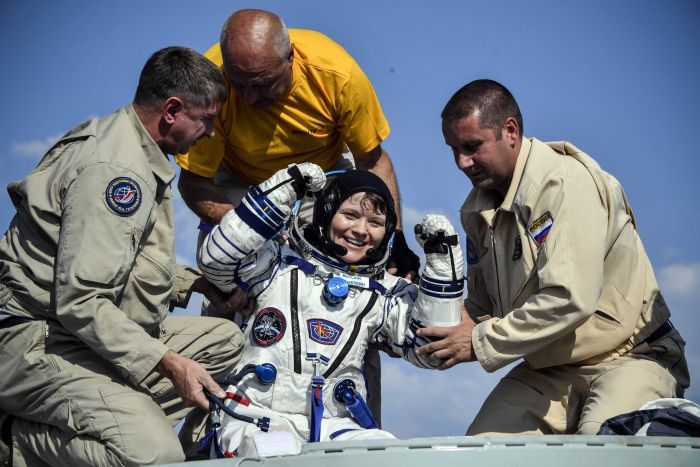
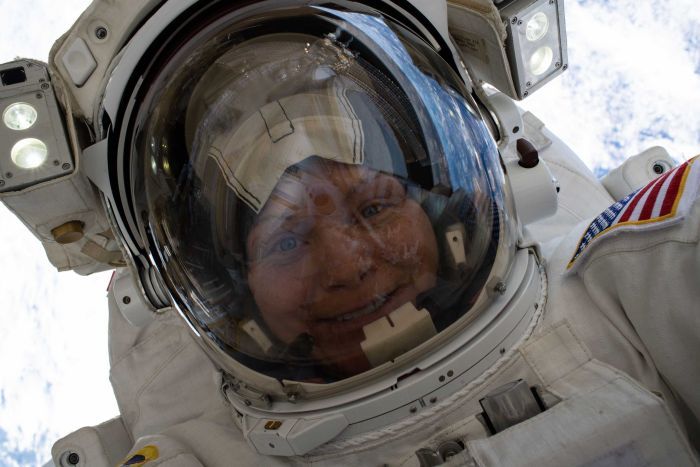
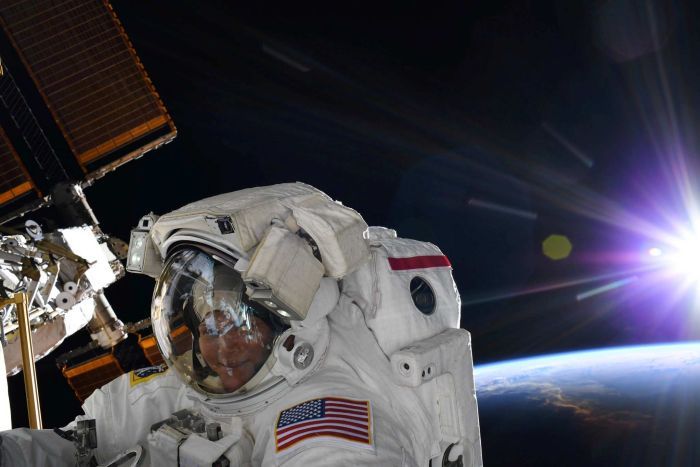

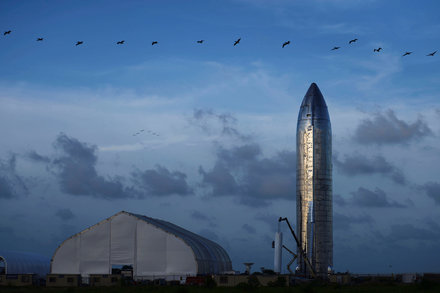
 @SpaceX
@SpaceX




